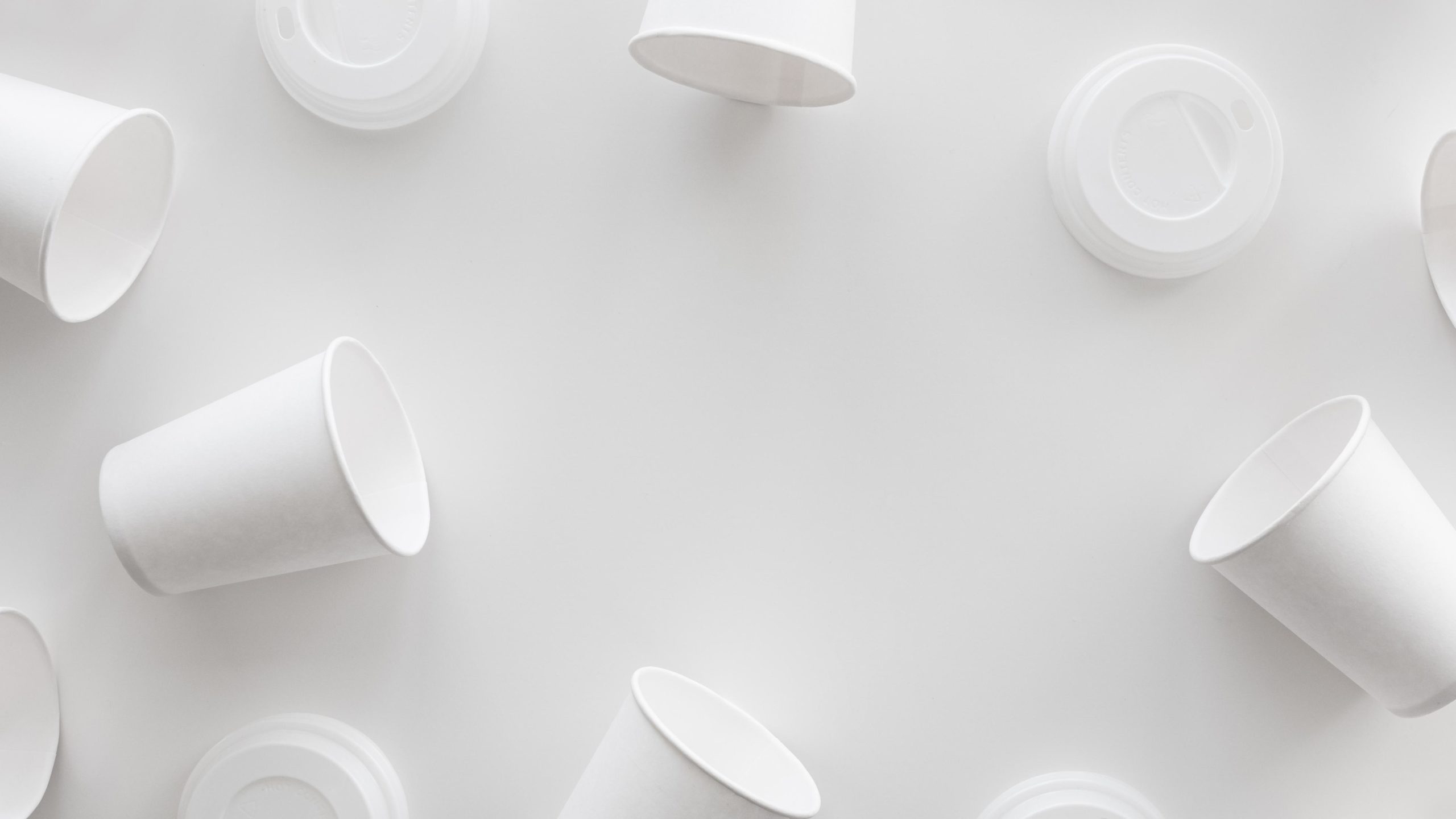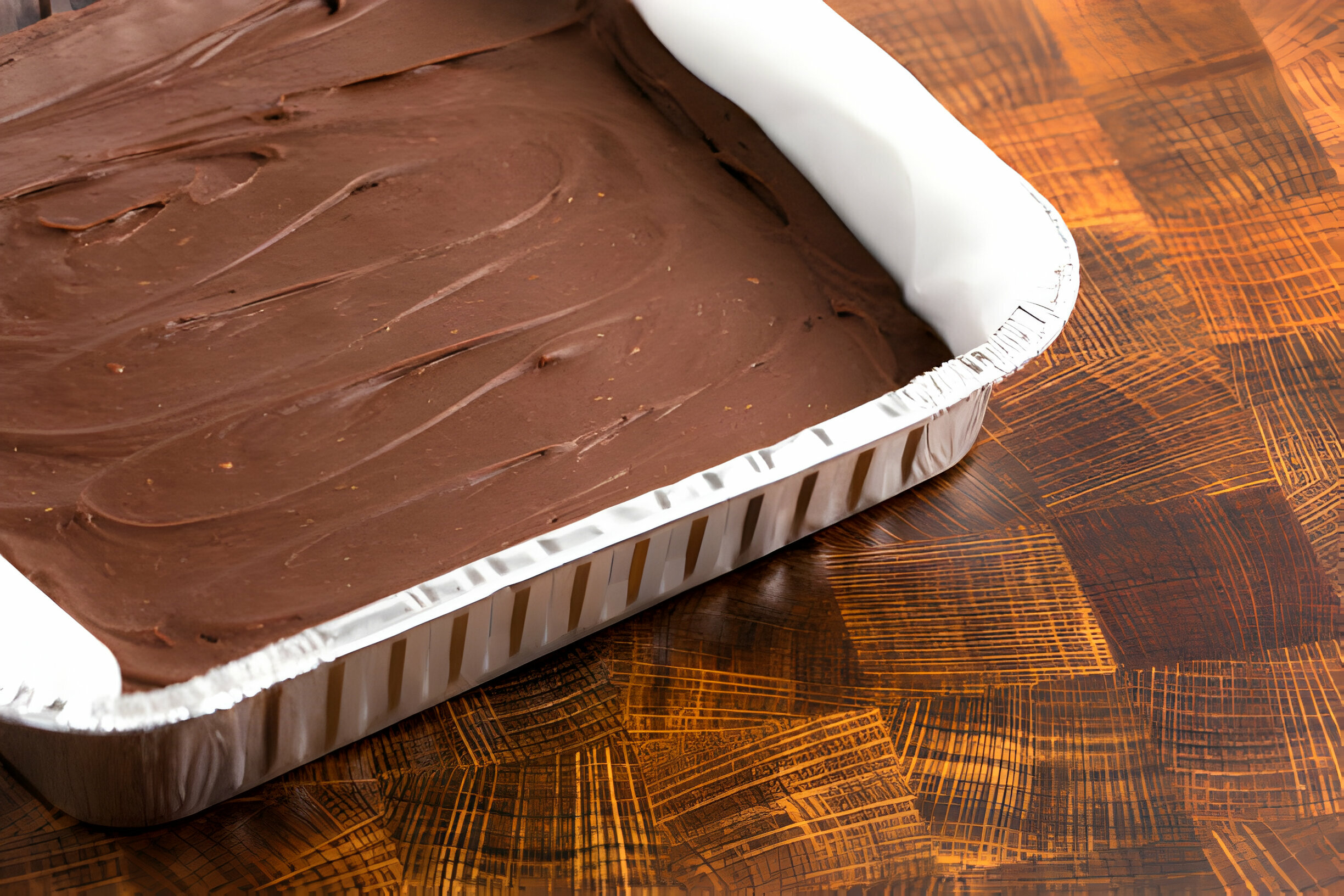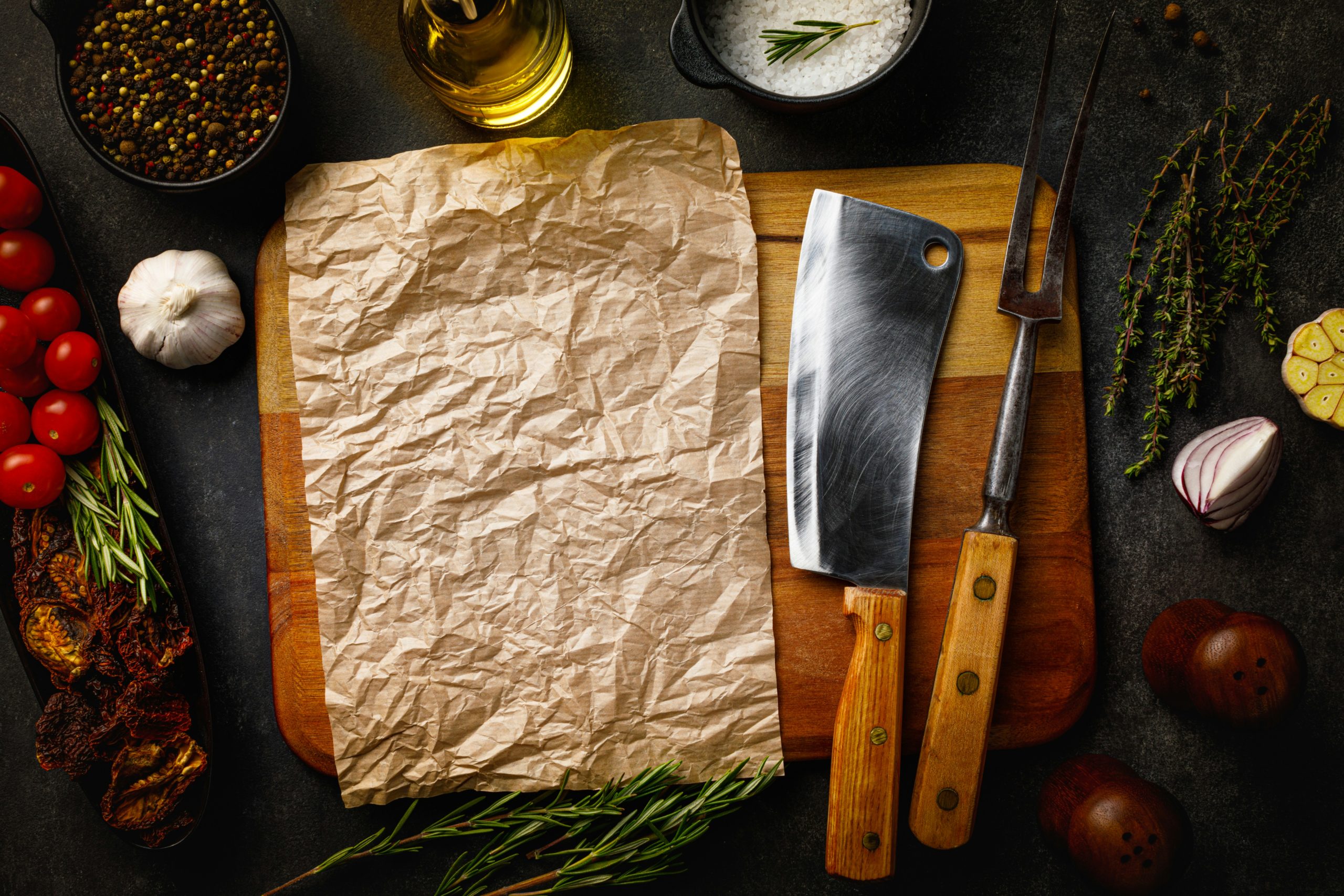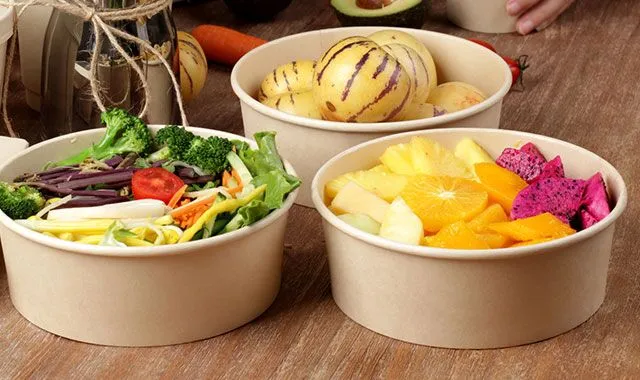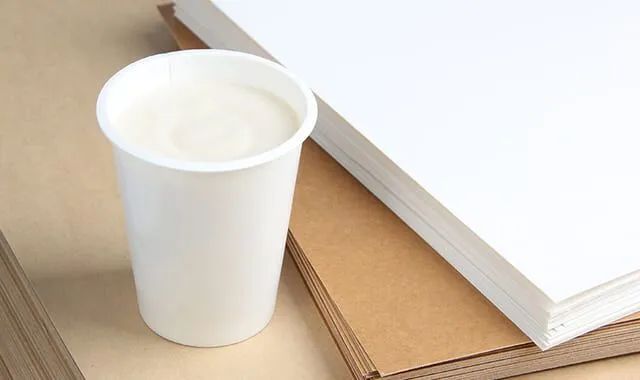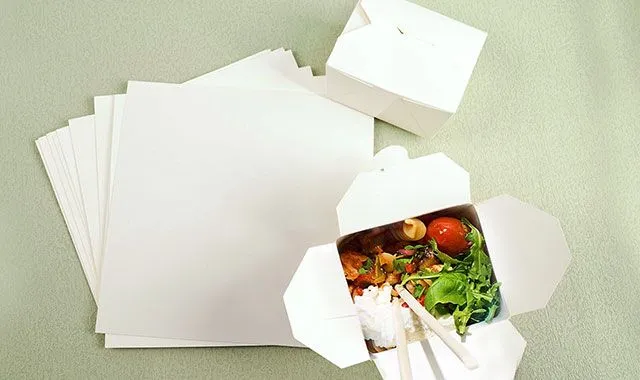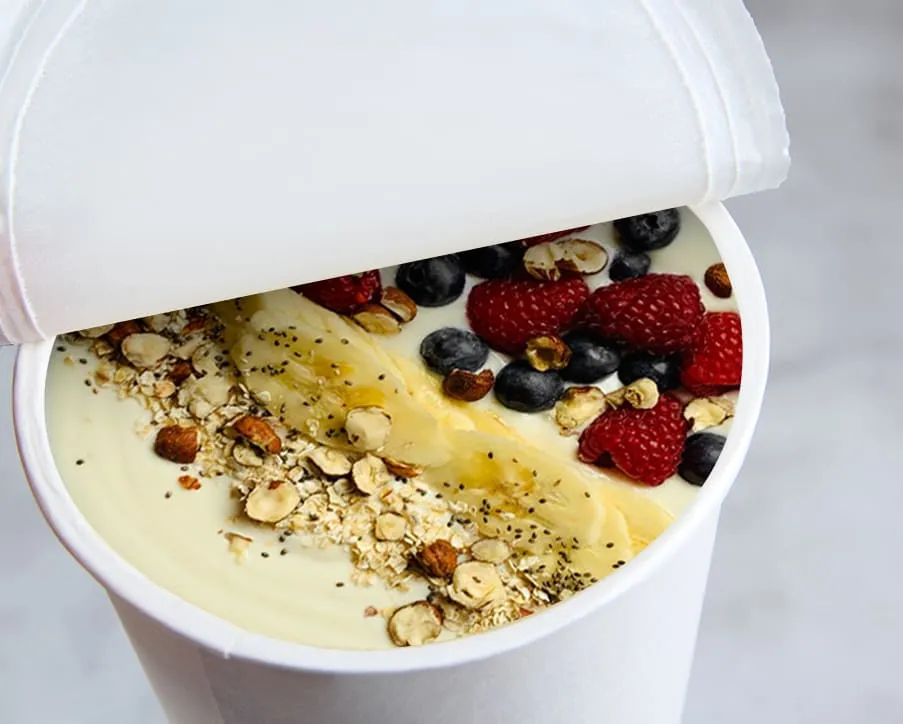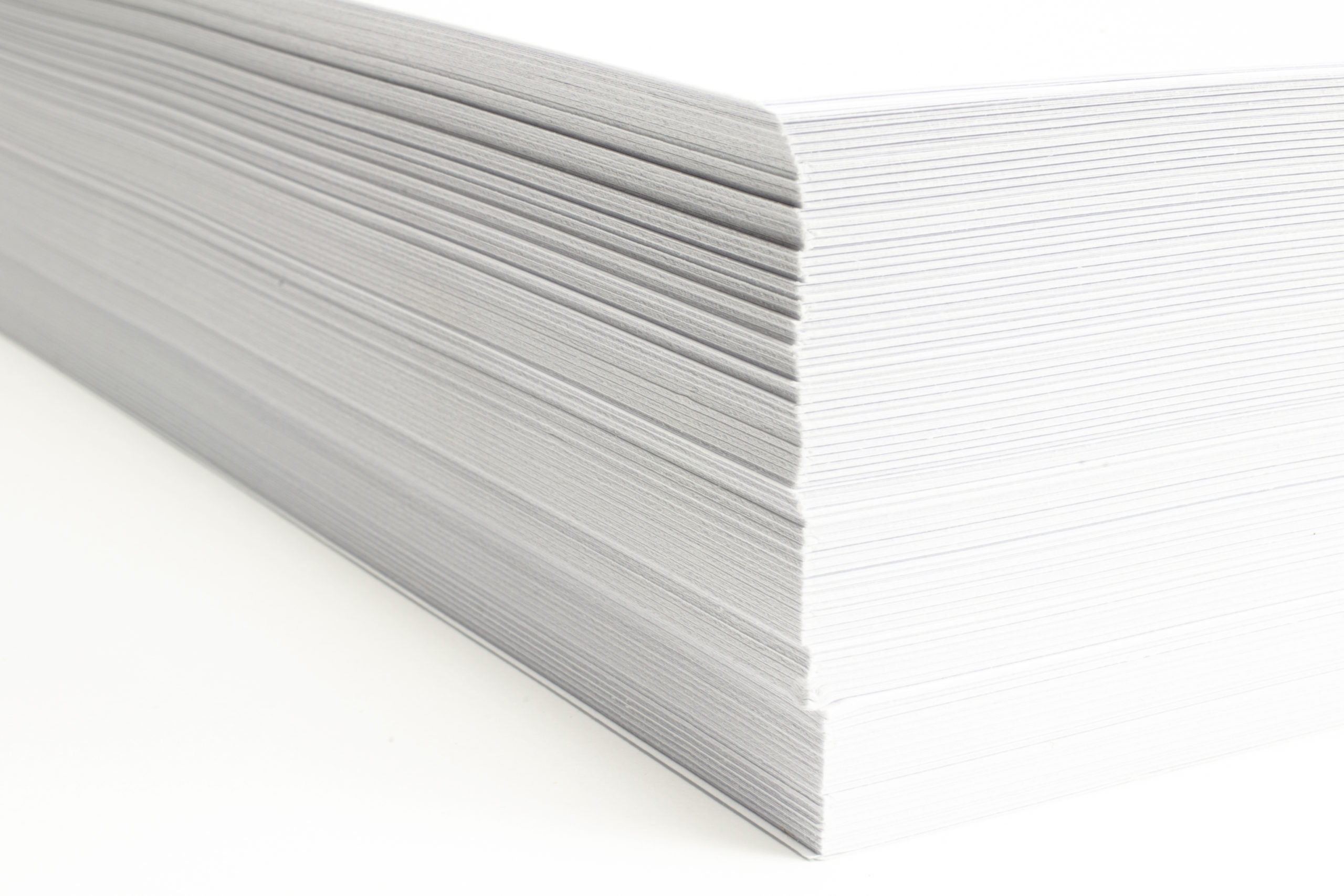
HDPE coated paper is a material made by coating paper with high-density polyethylene (HDPE). HDPE is one of the most durable types of plastic, known for its water resistance, chemical resistance, and durability. These properties make the paper stronger, waterproof, and long-lasting. HDPE coated paper is commonly used for packaging, food packaging, and water-resistant surfaces. HDPE paper is a type of plastic paper made from polyethylene. Its durability, strength, and flexibility make it an ideal choice for food packaging. Unlike other paper materials, HDPE paper is resistant to moisture, oil, and grease. These properties make it perfect for packaging oily and greasy foods such as hamburgers, fried chicken, and pastries. Additionally, its resistance to moisture helps keep food fresher and in better condition for longer.
Features of HDPE Coated Paper:
-
Waterproofing: The HDPE coating makes the paper resistant to water. This allows the paper to be used in damp environments or on surfaces that come into contact with water.
-
Durability: The HDPE coating prevents the paper from wearing out, tearing, and ensures longer-lasting use. This is especially important in applications like food packaging and transportation.
-
Chemical Resistance: HDPE is resistant to various chemicals. This ensures the paper can be safely used in applications where it comes into contact with chemicals or oils.
-
High Strength: HDPE coated paper enhances the mechanical strength of the paper, making it more robust during handling, processing, and use.
-
Food Safety: HDPE coated paper is commonly used in food packaging and is safe for contact with food. Its waterproof feature helps keep food items fresh and dry.
-
Insulating Properties: The HDPE coating makes the paper insulating, providing a barrier against temperature changes. This can help better preserve hot and cold foods.
Applications of HDPE Coated Paper:
-
Food Packaging: HDPE coated paper is widely used in food packaging. For example, it is an ideal material for fast food packaging, coffee cups, or hot beverage cups. This helps protect food from temperature and moisture.
-
Waterproof Packaging: This coated paper can be used for packaging products that are exposed to rainy weather. For example, it is used to ensure waterproof packaging for products during transportation or retail packaging.
-
Transport and Packaging: HDPE coated paper can be used as protective packaging and strong transport containers. It is a durable choice for packaging and transporting heavy or moist products.
-
Carton Coating: Cardboard boxes or packaging materials can be reinforced with HDPE coating to make them more durable. This helps prevent damage that may occur during transportation.
-
Recyclable Products: Since HDPE is a recyclable plastic, it can be used for recyclable products, providing environmentally friendly options. This offers sustainable packaging solutions.
-
Packaging for Liquid Containing Products: HDPE coating is used for packaging liquid-containing products. For example, it is used in beverage cans and oily food packaging to prevent leakage of liquids.
Advantages of HDPE Coated Paper:
-
Water and Oil Resistance: HDPE coated paper prevents water and oil from penetrating the paper. This feature is very useful for packaging oily or liquid foods.
-
Environmentally Friendly: Since HDPE is a recyclable material, it is an environmentally friendly alternative. This makes it an attractive option for companies looking for sustainable packaging solutions.
-
Durability and Long Life: The HDPE coating enhances the mechanical durability of the paper. This ensures the products incur less damage during handling and use.
-
High Performance: Both non-stick and chemically resistant, HDPE coated paper is resistant to high temperatures and retains its quality even after prolonged use.
-
Food Safety: Its use in food packaging offers significant advantages in terms of food safety. The paper is suitable for direct contact with food and poses no health risks.
Conclusion:
HDPE coated paper is resistant to water, oil, and chemicals, making it an ideal material for food packaging, transportation, protective packaging, and packaging of liquid-containing products. Its durability, long lifespan, and recyclability offer an environmentally friendly option. Due to these features, it is widely preferred in the food industry and packaging sector.





